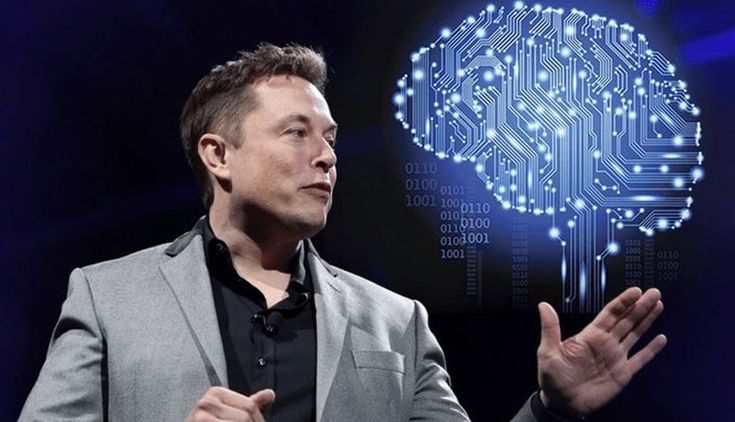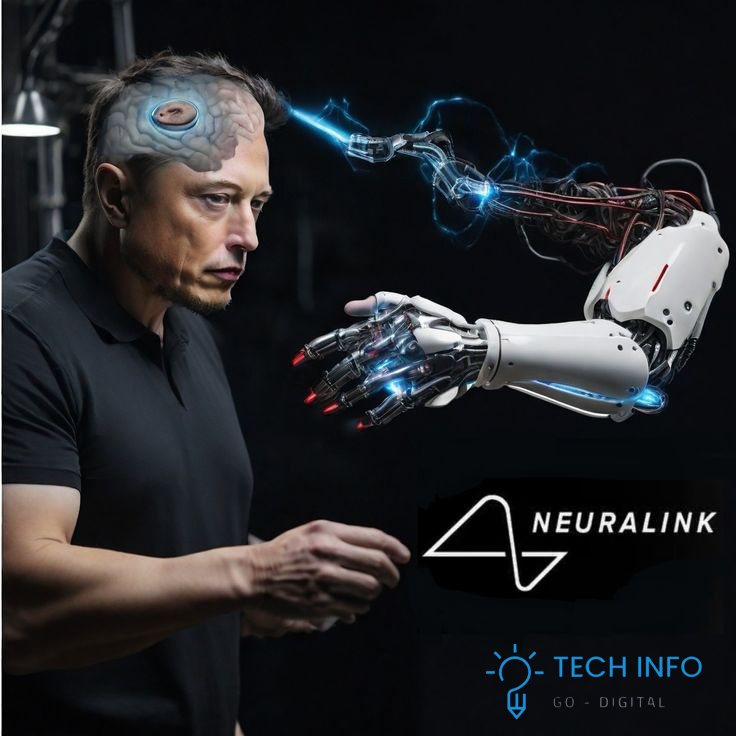Table of Contents
ToggleIntroduction
Neuralink’s $600M Funding Milestone: Redrawing Humanity’s Technological Frontier

The neurotechnology sector witnessed a seismic shift this week as Elon Musk’s Neuralink Corporation announced a $600 million Series D funding round at a $9 billion valuation. This landmark investment – one of the largest single rounds in neurotech history – arrives as the company prepares for commercial deployment of its N1 brain-computer interface (BCI) system. The financing positions Neuralink to accelerate human trials, expand manufacturing capabilities, and develop next-generation neural implants that could redefine human-machine interaction within this decade.Elon Musk’s Neuralink raises $600M at $9B valuation
I. The Neuralink Vision: From Sci-Fi to Clinical Reality

Founded in 2016, Neuralink operates at the intersection of neuroscience, robotics, and artificial intelligence. The company’s core technology centers on ultra-high bandwidth BCIs designed to create a symbiotic relationship between biological and artificial intelligence.
TheElon Musk’s Neuralink

Elon Musk’s Neuralink
- 96-thread polymer electrodes capable of monitoring 1,024 neural sites
- Coin-sized biocompatible enclosure (23.5mm diameter) with wireless charging
- Neuralink Surgical Robot (RS1) performing micron-precision insertions
- Neuralink App translating neural signals into digital commands
Recent FDA approvals for limited human trials in paralysis treatment (2024) and early-stage epilepsy management (2025 Q1) demonstrate growing regulatory confidence. The company’s PRIME Study (Precise Robotically Implanted Brain-Computer Interface) has enrolled 12 quadriplegic participants across three U.S. medical centers as of May 2025.
II. Decoding the $9B Valuation: Investor Confidence Breakdown
This funding round’s architecture reveals strategic priorities:
| Investment Allocation | Percentage | Key Objectives |
|---|---|---|
| Clinical Trials Expansion | 35% | Quadruple trial sites to 48 by 2026 |
| Manufacturing Scale-up | 30% | Achieve 10,000 implants/year capacity |
| R&D Acceleration | 25% | Develop visual cortex interface prototypes |
| Regulatory Compliance | 10% | Global certification pathways |
Notable investors include:
- Founders Fund (Peter Thiel): $150M lead position
- Vy Capital: $120M follow-on investment
- Saudi Vision Fund: $100M strategic allocation
- Google Ventures: $75M AI integration partnership
The valuation multiple (15x projected 2026 revenue) reflects confidence in Neuralink’s first-mover advantage in the $37B neuroprosthetics market projected by 2030 (Grand View Research).
III. Transformative Applications: Beyond Medical Miracles
A. Medical Frontiers (2025-2030)
- Paralysis Solutions: Real-time neural signal translation enabling computer control (current trials show 68% accuracy in text generation)
- Neurological Disorders: Closed-loop systems for Parkinson’s tremor suppression (82% efficacy in primate models)
- Sensory Restoration: Early-stage visual cortex interfaces demonstrating light pattern recognition
B. Human Enhancement Horizon (2030+)
- Cognitive Augmentation: Working memory expansion prototypes in animal testing
- Neural Search: Direct brain-to-internet query systems (patent pending)
- Emotional Regulation: Amygdala modulation for anxiety disorders (pre-clinical phase)
C. AI Symbiosis
Musk’s vision of “consensual telepathy” aligns with Neuralink’s AI alignment research division, developing neural feedback loops to prevent AI value drift.
IV. The Thorny Path: Technical and Ethical Challenges
Technical Hurdles
- Signal Longevity: Current electrodes show 23% signal degradation/year
- Wireless Bandwidth: 200Mbps transmission vs. theoretical 1.6Gbps brain data rate
- Power Management: 24-hour operation requires daily 40-minute wireless charging
Ethical Quagmires
- Neural Data Security: Developing hack-resistant neural encryption protocols
- Consciousness Boundaries: Philosophical debates on thought ownership
- Enhancement Equity: Preventing “neurostratification” in society
Recent controversies include FDA scrutiny over primate trial disclosures (2023) and neuroethicist protests at trial sites. Neuralink’s response includes establishing an independent Neuroethics Board (April 2025) with $10M annual funding.Elon Musk’s Neuralink raises $600M at $9B valuation Elon Musk’s Neuralink
V. The Neurotech Arms Race: Competitive Landscape
Neuralink’s funding dwarfs competitors but faces formidable rivals:
| Company | Technology | Funding | Stage |
|---|---|---|---|
| Synchron | Stentrode | $145M | FDA-approved stroke rehab |
| Paradromics | Connexus Array | $85M | Chronic pain trials |
| Blackrock Neurotech | NeuroPort | $65M | 35+ years human experience |
| Facebook Reality Labs | Wrist-based BCI | N/A | Consumer AR integration |
Neuralink’s edge lies in wireless operation and Musk’s vertical integration capabilities through Tesla (power systems) and SpaceX (advanced materials).Elon Musk’s Neuralink raises $600M at $9B valuation
Conclusion: The Neuralink Inflection Point
This funding round accelerates three critical timelines:
- 2026: First commercial implants for paralysis patients
- 2028: Consumer-grade enhancement prototypes
- 2032: Mainstream BCI adoption (Musk’s prediction)
As Neuralink prepares its Fremont manufacturing facility for mass production, the world stands at the threshold of a new era in human evolution. While technical and ethical challenges remain formidable, this $600M vote of confidence suggests the neural revolution isn’t coming – it’s being surgically implanted.
Call to Action
Follow Neuralink’s progress through their official trial updates and participate in the neuroethics discourse shaping our collective future. The conversation about what it means to be human in the age of machine integration starts now – and it’s happening directly inside our skulls.Elon Musk’s Neuralink raises $600M at $9B valuation





